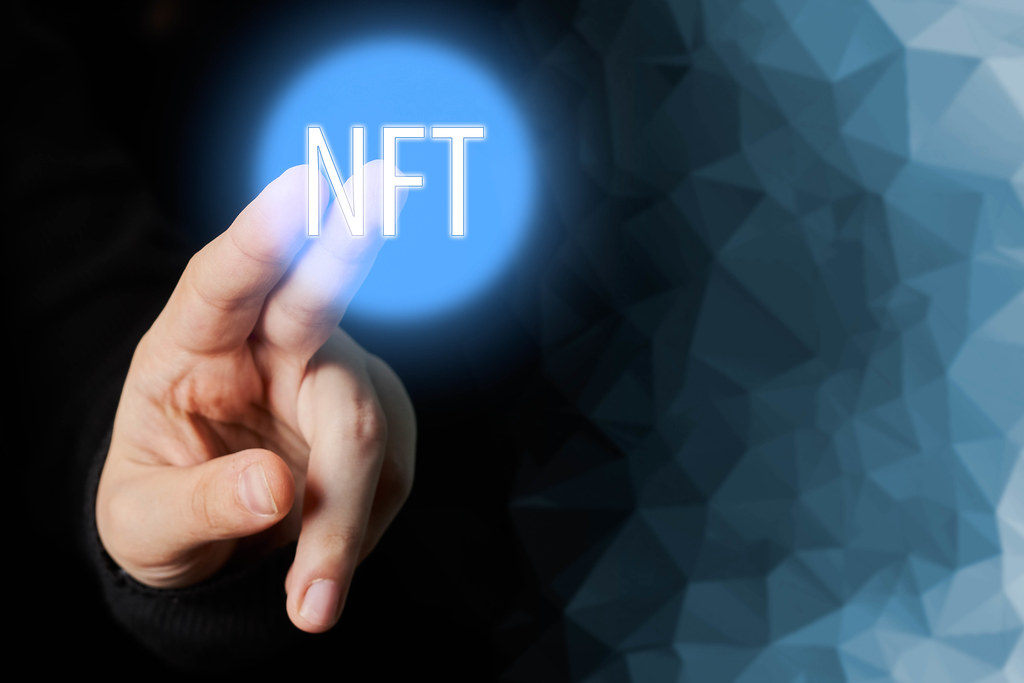NFTs, or non-fungible tokens, are digital records of asset ownership. Digital assets, such as memes, GIFs, and gaming characters or properties, are the most prevalent forms of assets connected with NFTs. NFTs, on the other hand, can represent digital, physical, tangible, or intangible assets.
Sports memorabilia, music copyrights, works of art, and real estate are examples of assets that have been transferred or whose ownership has been recorded via NFT. Patent ownership and transfer are examples of intellectual property assets that may be registered and transferred as NFTs.
Real estate ownership may be documented in a Deeds Register, patent ownership can be registered with the United States Patent and Trademark Office (USPTO), and copyright ownership can be registered with the Library of Congress through the copyright system. Because there are no equivalent ownership registration systems for collectibles, video clips, memes, digital avatars, or innovations declared unsuitable for patentability due to their too abstract nature, using NFTs offers a significant benefit. Even assets with established property registration systems, such as the USPTO for patents, might benefit from NFTs to enable potential buyers, sellers, or licensees to understand who owns a patent and how much it is worth.
The technologies of blockchain and NFT
The ownership of NFTs is maintained on a blockchain, which is a distributed digital ledger that offers immutable records of transactions and asset transfers via smart contracts. Blockchain technology is most recognized for its use in tracking cryptocurrency transactions, such as Bitcoin (BTC).
The benefits of registering NFTs on a blockchain are numerous. Information like NFTs is stored on a blockchain in a succession of data blocks of varying sizes, depending on the blockchain’s implementation. When the amount of data to be recorded is large enough to fit inside a blockchain block size requirement. In the blockchain, a new data block is produced and added to the end of the existing blockchain. A cryptographic hash, which is created from a combination of data associated with the new block’s information and the preceding block’s cryptographic hash, is included in the new block of data. This protects the information contained in a blockchain’s blocks. The cryptographic hash of the related block would change if a malevolent actor attempted to edit information in a block of a blockchain.
Furthermore, the blocks of data on a blockchain, referred to collectively as the blockchain ledger, are not held in a centralized location. Instead, the blockchain ledger is stored on multiple separate computer systems, usually by users who have completed a transaction or added one or more new blocks to the chain. The lack of a single centralized site for the blockchain ledger strengthens the security of the data kept there even further. Because the registry of that one computer system would not match the data recorded on other computer systems in the network, a malicious party would not be able to hack a single computer system to change the records of a blockchain, If there was any evidence of a change in previously recorded information on the blockchain.
NFT and patents
Because there is currently no obligation to register patent assignments or sales with the United States Patent and Trademark Office, it might be difficult to determine who owns a patent. It’s also difficult to estimate a patent’s value because conditions of sale or patent licensing are rarely disclosed. A record of the transaction, as well as the current owner or holder of the patent, would be instantaneously available to the public if a patent was sold or licensed through NFTs. The sale or licensing of patents through an NFT may be automated using smart contracts, which would benefit potential buyers, sellers, and licensees even more.
The first NFT was developed in May 2014, but it wasn’t until 2017 that Larva Labs published CryptoPunks, a product that allowed users to trade cartoon characters on the Ethereum blockchain. The CryptoKitties gaming project, developed by and Dapper Labs, lets users buy, trade, and “breed” virtual cats.
Creating an NFT-based marketplace for assets such as patents will take time and will need patentees to adopt a new paradigm for registering patent ownership, transfers, and licensing. To build digital representations of current patent ownership as NFTs, a lot of work would be necessary at first. There may be issues if transfers or licenses are conducted but not registered on the blockchain, resulting in contradictory ownership records; nonetheless, development on such a market has begun. IBM, for example, announced plans to collaborate with the IPwe patent marketplace to develop a digital marketplace for registering and transferring patent ownership using NFTs.

